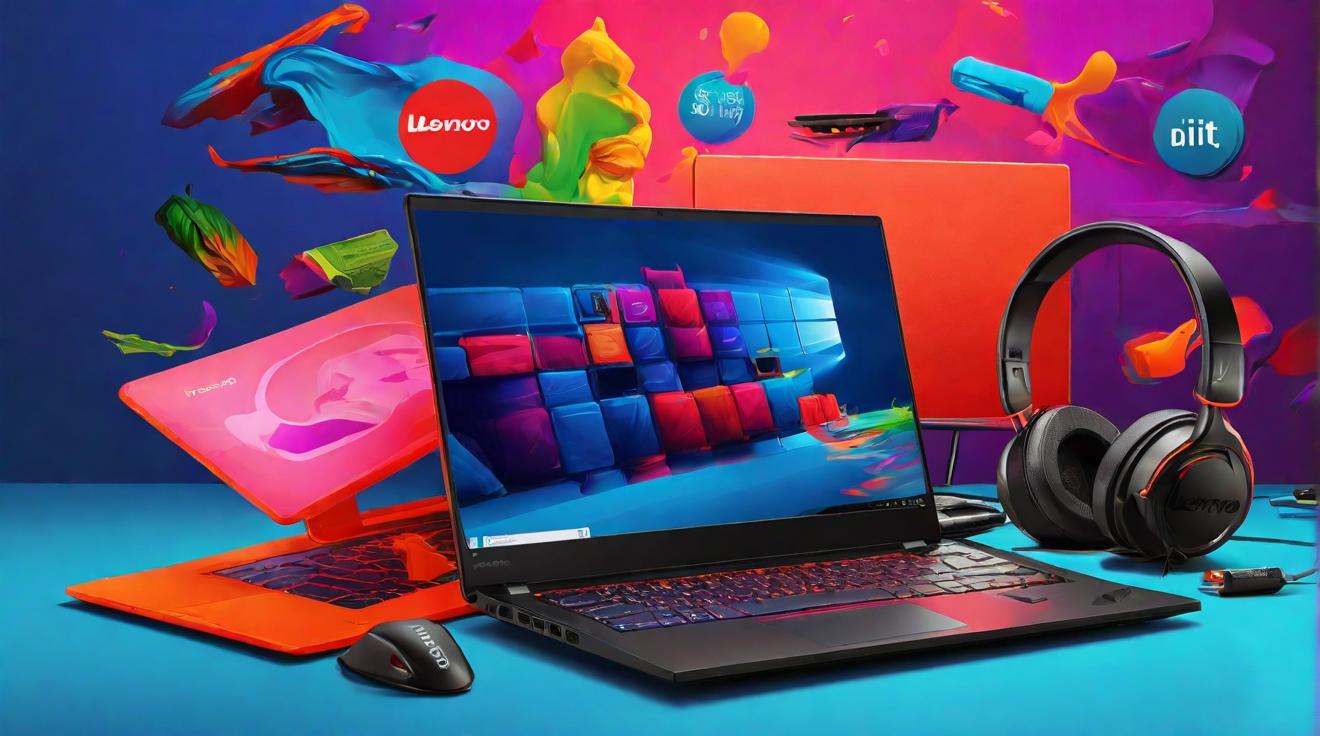iPhone 15 and iPhone 15 Plus: The Move to USB-C and the Benefits it Brings
Apple has made a significant change to its latest iPhone models, the iPhone 15 and iPhone 15 Plus, by replacing the familiar Lightning port with the more versatile USB-C. This change also applies to the iPhone 15 Pro and iPhone 15 Pro Max, with the latter supporting USB-3 speeds for lightning-fast data transfer of up to 10 Gbps. The introduction of USB-C opens up a world of possibilities for iPhone users, allowing them to connect to a wide range of peripherals such as displays, external storage, and cameras. Additionally, it brings the convenience of universal charging.
The move to USB-C was driven by Apple's desire to modernize connectivity and comply with EU legislation aimed at reducing e-waste. By standardizing on USB-C for mobile devices, Apple is aligning with the trend towards a more sustainable future.
Universal Charging Made Easy
One of the key advantages of the USB-C port on the iPhone 15 is its compatibility with a wide range of Apple devices. Almost all iPads, Macs, and now the iPhone 15 feature USB-C ports, making the charging process much simpler and more streamlined. This extends to accessories like the Apple TV remote and AirPods Pro, which come with USB-C charging cases. With a 20-watt or higher power adapter, the iPhone 15 supports fast-charging capabilities. It can also charge other devices, thanks to its ability to output around 4.5 watts through the USB-C port.
Enhanced Display Connectivity
The introduction of USB-C on the iPhone 15 brings another noteworthy feature – the ability to directly connect to external displays without the need for additional adapters. This means users can easily mirror their iPhone screens or share content on a larger display. In combination with the advanced processors found in the iPhone 15 models, this feature turns the iPhone into a portable gaming console when connected to a TV and paired with game controllers. Furthermore, users can now connect USB-C hard drives or SD card readers to their iPhones, providing additional storage and enabling direct file access and management. The iPhone also supports recording high-quality videos directly to external USB-3 storage devices.
Expanded Connectivity Options
The implementation of USB-C on the iPhone 15 opens up a world of possibilities when it comes to connecting peripheral devices. Users can now connect hardware keyboards, wired internet via Ethernet adapters, and MIDI devices for music production without the need for any special configurations. Wired headphones, now available in USB-C format, can be used seamlessly across multiple devices including the iPhone, iPad, and Mac. For users who require even more connectivity options, multi-port USB-C hubs are available, allowing for the simultaneous connection of various peripherals. However, it is worth noting that these hubs may require additional external power when used with the iPhone.
A More Universal Ecosystem
The standardization of USB-C across Apple devices brings not only convenience but also eliminates the need for device-specific adapters and cables. This paves the way for a more universally compatible ecosystem of accessories and peripherals. Users can now enjoy seamless connectivity and enhanced functionality with their iPhones, embracing a more sustainable future without compromising on convenience.
Analyst comment
This news is positive for the market. The shift to USB-C on the iPhone 15 and iPhone 15 Plus allows for universal charging and connectivity to a wide range of peripherals. This modernization will attract consumers and comply with EU legislation, leading to increased sales and a more compatible ecosystem of accessories.













